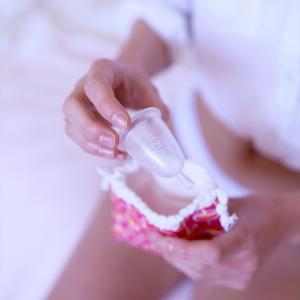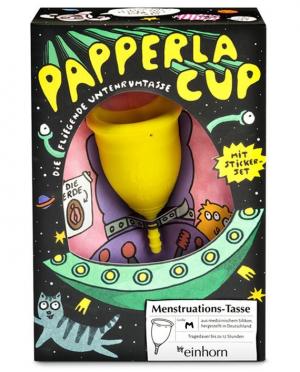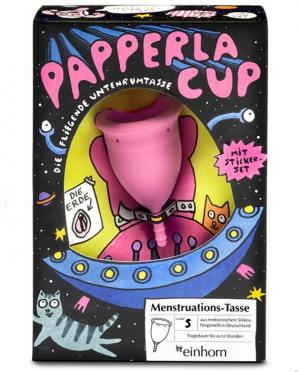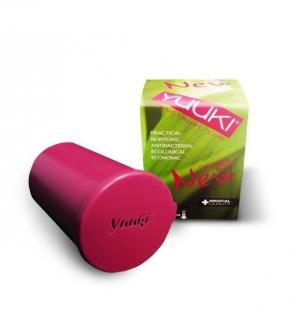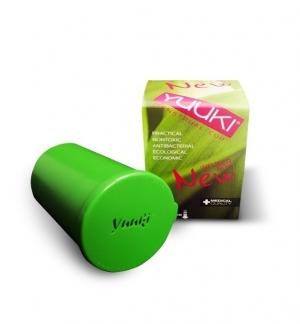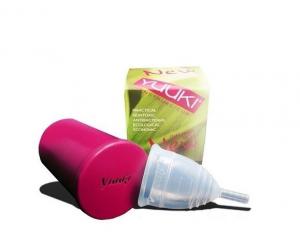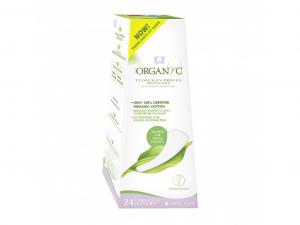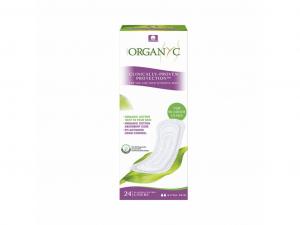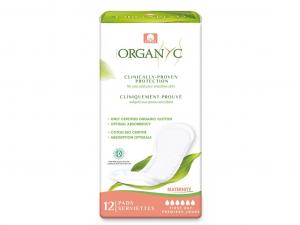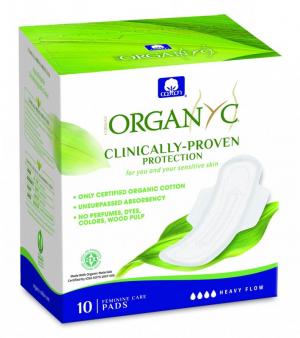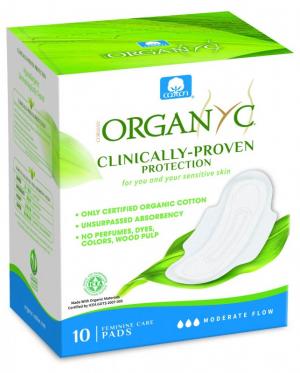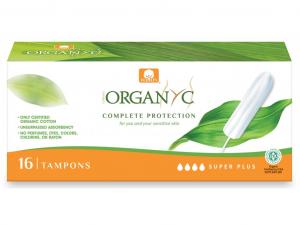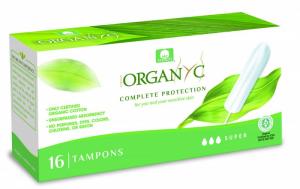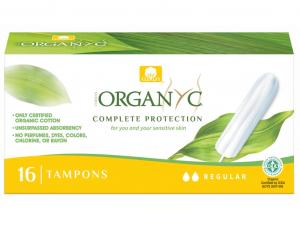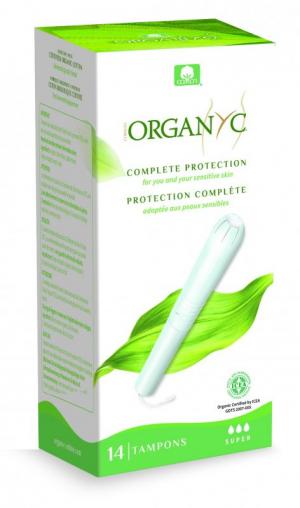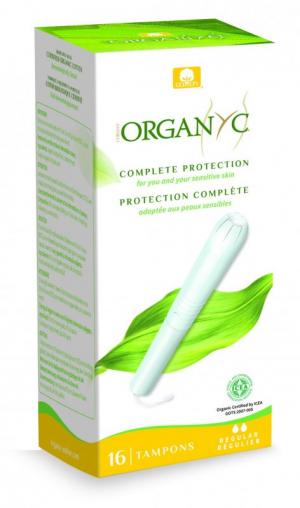
Why choose a menstrual cup instead of pads
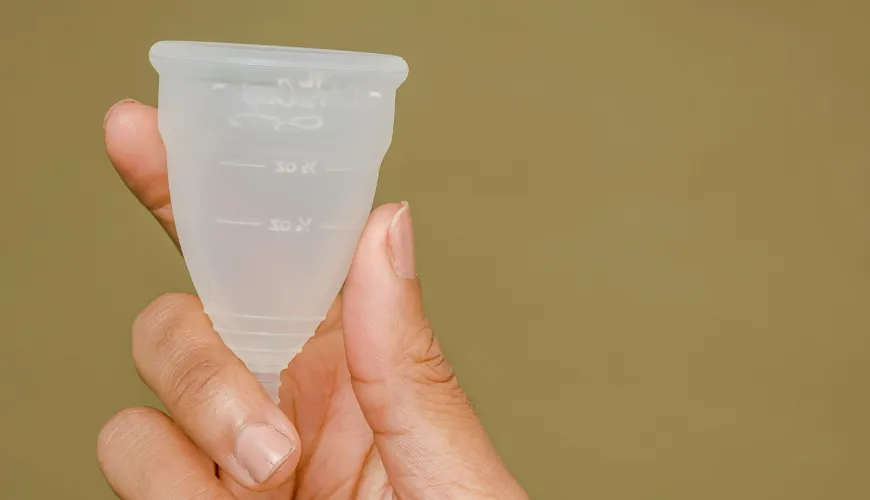
Revolution in Intimate Hygiene - Menstrual Cup
The menstrual cup is a modern hygiene product that is becoming increasingly popular among women worldwide. Its main function is to collect menstrual blood, offering a range of advantages over traditional pads and tampons. This article will focus in detail on what a menstrual cup is, how it works, its advantages and disadvantages, the economic aspects of its use, correct cleaning and usage of a sterilization cup.
What is a menstrual cup?
A menstrual cup is a small, soft, reusable container that is inserted into the vagina to capture menstrual blood. Most cups are made of medical silicone, latex, or thermoplastic elastomer (TPE), which are hypoallergenic and safe for the body. The cup is designed to adapt to the shape of the vagina and provide maximum comfort.
How does a menstrual cup work?
Using a menstrual cup is relatively simple. First, the cup needs to be folded into a smaller shape for easy insertion into the vagina. Once inserted, the cup unfolds and adheres to the walls of the vagina, creating a seal that prevents blood leakage. Menstrual blood is collected into the cup, which can be worn for up to 12 hours depending on the intensity of menstruation. Afterward, the cup is removed, emptied, rinsed with water, and reinserted.
Try our natural products
Advantages of a menstrual cup
One of the biggest advantages of a menstrual cup is its environmental friendliness. As it is reusable, it reduces the amount of waste from disposable hygiene products, such as pads and tampons. This has a positive impact on the environment, especially considering that disposable products often end up in landfills or oceans.
Another advantage is the economic aspect. While the initial investment in a menstrual cup may be higher than for disposable products, it pays off in the long run. A menstrual cup can be used for several years, which means significant savings compared to regularly buying pads and tampons.
The health benefits of menstrual cups should also not be overlooked. Unlike tampons, which can cause toxic shock syndrome (TSS), the risk of using cups is very low. Cups also do not contain chemicals, bleaches, or perfumes that may be found in some disposable products.
Disadvantages of a menstrual cup
Despite the many advantages of a menstrual cup, there are also some disadvantages to consider. For some women, inserting and removing the cup can initially be difficult and requires some practice before the process becomes comfortable. Some women may also experience discomfort while wearing the cup, especially if it is not correctly inserted or if the size is chosen poorly.
Another disadvantage may be the need to clean the cup during the day. If you are away from home or in a situation where clean water is not readily available, it can be difficult to properly clean and reinsert the cup. This problem can be partially solved by using cleaning wipes specifically designed for menstrual cups.
Try our natural products
Economic aspect: Pads and tampons vs. menstrual cup
From an economic standpoint, the menstrual cup is very advantageous. The price of one cup ranges from 250 to 500 CZK, but its lifespan is several years. Considering that the average woman uses about 20 pads or tampons during one menstrual cycle and the price of one package is around 100 CZK, the annual cost of disposable products can be around 1200 CZK. Therefore, using a menstrual cup can lead to significant savings already during the first year of use.
In addition, consider the time spent shopping for disposable products and the associated inconvenience. With a menstrual cup, you avoid these concerns, which can be another significant factor in the decision.
Try our natural products
Cleaning the menstrual cup
Proper cleaning of the menstrual cup is key to ensuring its hygiene and longevity. After each removal, it is important to rinse the cup with cold water to remove most of the blood, and then wash it with warm water and mild, perfume-free soap or a special cleaning powder. Before and after each menstrual cycle, it is also recommended to boil the cup in water for 5 to 10 minutes to sterilize it.
For women who are often on the go or don't always have access to clean water, there are special cleaning wipes and solutions designed specifically for menstrual cups. These products are practical and easy to use, making cup maintenance easy even in demanding conditions.
Sterilization Cup
To facilitate the sterilization of the menstrual cup, many women use special sterilization cups. These cups are designed to allow the menstrual cup to be safely boiled in a microwave oven. Fill the sterilization cup with water, insert the menstrual cup into it, and place it in the microwave for a few minutes. This process is quick and effective, ensuring that the cup is always hygienically clean and ready to use.
Sterilization cups are also practical if you want to sterilize the cup away from home, for example on vacation or while traveling. They are compact and easily portable, making them an ideal accessory for women who want to be sure that their menstrual aids are always clean and safe.
Myths and facts about menstrual cups
There are many myths circulating about the use of a menstrual cup that may discourage some women from trying it. One of the most common myths is that the cup is uncomfortable or that it can be dangerous. The truth, however, is that a correctly inserted cup should be virtually unnoticeable and is made of materials that are safe for the body.
Another common myth is that the menstrual cup is not suitable for virgins or for women with a low cervix. In fact, there is a wide range of cup sizes and shapes to meet different anatomical needs, including young girls and women with different physiological characteristics. Many women who have started using a menstrual cup share positive experiences and reviews. Most users appreciate the comfort and freedom the cup offers, as well as the money savings and environmental benefits. Some women say that after a short practice period, inserting and removing the cup became completely routine.
